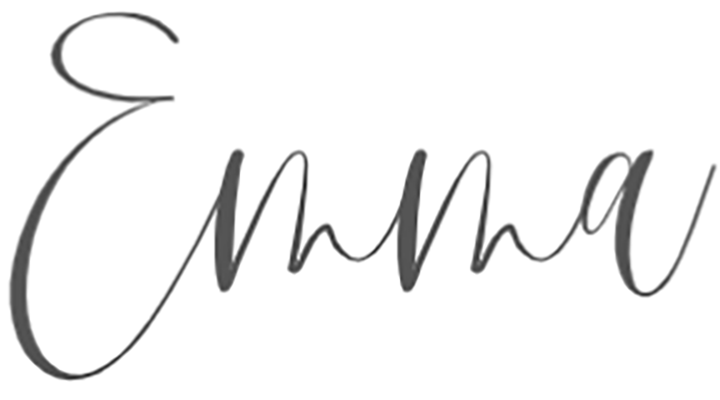era | Patterns YOUR DESIGN
STEP SIX
IN THE PROCESS TO DESIGN + BUILD ARCHITECTURE SPECIFIC TO YOU.
your unique architectural language
Look for patterns – they are the links between seemingly disparate parts that when combined, will make your architecture unique to you.
Your unique architectural language.
Get to know your patterns.
This is the fun part!
Until now you have looked at gathering a lot of information in individual parts.
Now take a look at all the information you have gathered so far.
Lay it all out together – writing, drawings, schedules, picture – and see how it all works together.
Look for patterns – they are the links between seemingly disparate parts that when combined, will make your architecture unique to you.
Your unique architectural language.
I like to think of this step as overlaying all of the information you have gathered, which begins to link into place and sit comfortably with each other. Common elements of architecture specific to you.
And to be fair, if you use drawings, you can literally overlay the information.
The documents you have already begun will help you collate the information you have and to communicate the information to professionals, contractors, the local authorities and even your partner:
Your Property Information
Your Architectural Design Brief
Your Program
Your Schedules
Then take another look back at your purpose. What was it again?
Find the common patterns and overlaps
– these are the links and threads of information you have gathered that connect with each other.
They often occur more than once or satisfy more than one reason for being there,
such as your people, place and your purpose.
At each connection is a design element. All of the individual design elements put together make up your unique architectural language.
This is your unique architectural language.
What is a design?
This is the step where you take the design elements of your architectural language and design your architecture. Geez, there are so many ways to throw together a design! Everyone has their own way.
For me, design is where you begin to see everything that was individual before as one.
It is about taking all the design elements – written or drawn – and translating them into a built form.
Of course, you may already be looking at purchasing an ‘off-the plan’ design or having someone else design your architecture for you. If so, they will use their own technique to put the design together for you.
However, that makes it all the more important for you to put all the information you have gathered into a form which you can communicate to them, so that
- If you are purchasing an ‘off-the-plan’ design, your design and construction organisation or project home builder can help you find the best design which will suit you and incorporate your information, where they can, into architecture specific to you.
- If you are working with an architect or building designer, you will have information to give them to inform their design in order to create architecture specific to you.
Even if someone else is designing for you, you may like to have a go at laying out your architecture in the way you see you would like it, so that when you go in to look at ‘off-the-plan’ options or talk to your designer, you have an idea of what the architecture looks like that is specific to you.
Tools for design.
Design Matrix
A design matrix is a simple way to collate your design elements into one place and translate them into what their built form will be.
I like to see the ‘cause and effect’ of this matrix as well as the image that captures the essence of each item. It is a way to see all of the design elements you have found and what they will look like in a built form.
Your Design Element – the Translation into a Built Form – the Image that Represents Them
Drawings
Architectural drawings are the way I like to put all of the design elements together and express an architectural language as a design in one place – spaces, materials, form.
Architectural drawings are all about communicating your architectural language, so each drawing has a purpose. Why not give it a go yourself? After all, you know your architecture better than anyone else.
It is a simple formula:
Lay Out Your Plan – the Horizontal Surfaces + Elevate Your Building – the Vertical Surfaces = Your Architecture
plans
These are drawings that show where everything is located.
Think of them as a map for your architecture. Imagine looking down from above at what is happening, and a plan is what you are looking at.
A plan shows where everything is located in relation to each other and all the connections in between.
There are many types of plans, but think about plans from big picture to small.
Imagine you are looking down at your architecture from a long way away and you take a picture of it, like an aerial photograph.
You are looking at your first plan – your Location Plan.
Then zoom in somewhat so that you are closer to your place and take another shot – you are looking at your Site Plan.
Then zoom in closer again, so you can see your roof – you are looking at your Roof Plan.
Then zoom in again, so you can see each space individually – you are looking at your Floor Plan.
Then flip yourself onto your back and look up – you are looking at your Ceiling Plan.
plans show the extent of the materials horizontal surface.
elevations
These are drawings that show the height of everything.
Imagine standing outside to look at your building and an elevation is what you are looking at. An elevation shows the height of the walls and the roof, the location of windows and doors as well as how the building touches the land.
There are two types of elevation – External and Internal.
There are four External Elevations – North-South-East-West.
The name of the External Elevation refers to which direction the outside wall is facing. If the wall is facing north, it is the North Elevation, and so on.
For example, imagine standing outside facing south, with your back to the north – the outside wall in front of you is facing north, so you are looking at the North External Elevation of your building. If you are standing outside facing west with your back to the east, the outside wall in front of you is facing east, so you are looking at the East External Elevation. And so it goes.
The number of Internal Elevations depends on how many walls there are!
For example, imagine standing inside facing a wall. Let’s say that you are in the Living Room. If you are looking at the wall and you are facing north, you are looking at the Northern Internal Elevation for the Living Room.
elevations show the extent of the materials vertical surface.
sections
These are drawings that show how everything connects to each other.
Imagine making a cake in the shape of your building, then icing it all over. Cut the cake in half right down the middle. The part of the cake which has no icing on is your section. You can cut the cake at any point to make a section, and you can look in either direction to see what is inside the building. A section shows how the floors connect to the land, how the walls connect to the floors, how the roof connects to the walls, and all the spaces in between.
sections show how materials connect to one another.
Your patterns in the process.
How do your patterns fit within the process? They inform the remainder of the process, that’s how!
You will use your drawings to communicate to other people helping you make your architecture. They will also be used as a base to prepare drawings for other purposes, such as permit applications and building your architecture.
When put all of the design elements together, you can see your architecture emerge.
this is architecture specific to you.
You have learnt about your architectural language! Great – now you can use your unique language to refer to for the duration of the Process and to communicate your design to others.
THE NEXT STEP IN THE PROCESS IS TO make a Plan for how you will take your architecture from an idea to a reality.
THE PROCESS.
This is the sixth step in the process to design and build architecture.
If you would like to see how this part fits within the process, you may be interested in a little book I have written that sets out each step in the Process in one place. It is a guide and workbook to help you through each step in your architectural journey.
The process is summarised in this little Blog post - era | the Process to Design + Build Architecture.
Each step in the process will also be broken down into its individual steps right here in this little Blog - so keep checking in to see the whole set!
What does your architectural language look like??
Til next time!
Start the process to find your architectural language and make your little ideas a reality.
Click here to see the little things I have made for you, or click here if you would like to work with me one on one.








